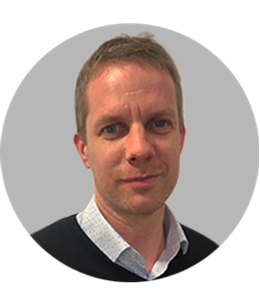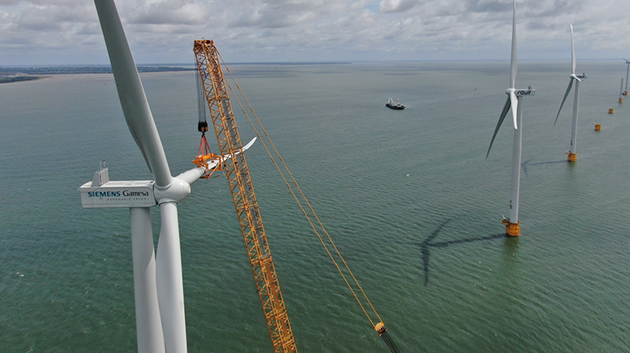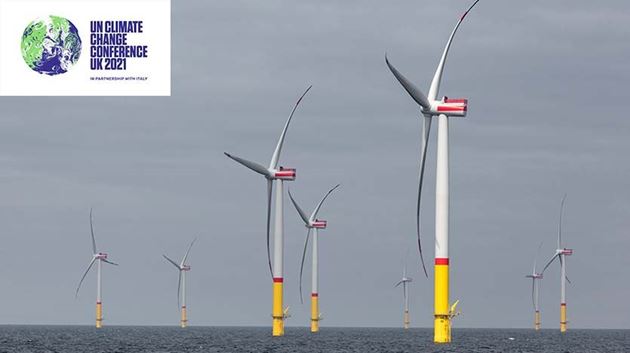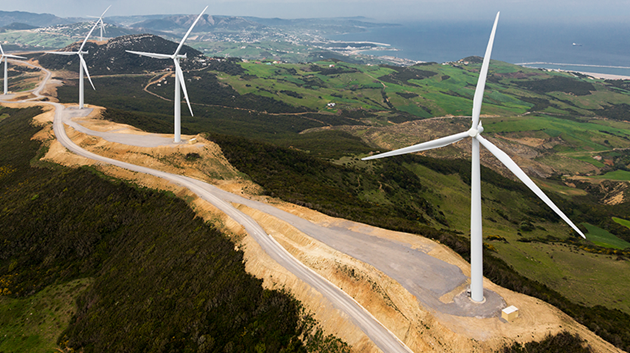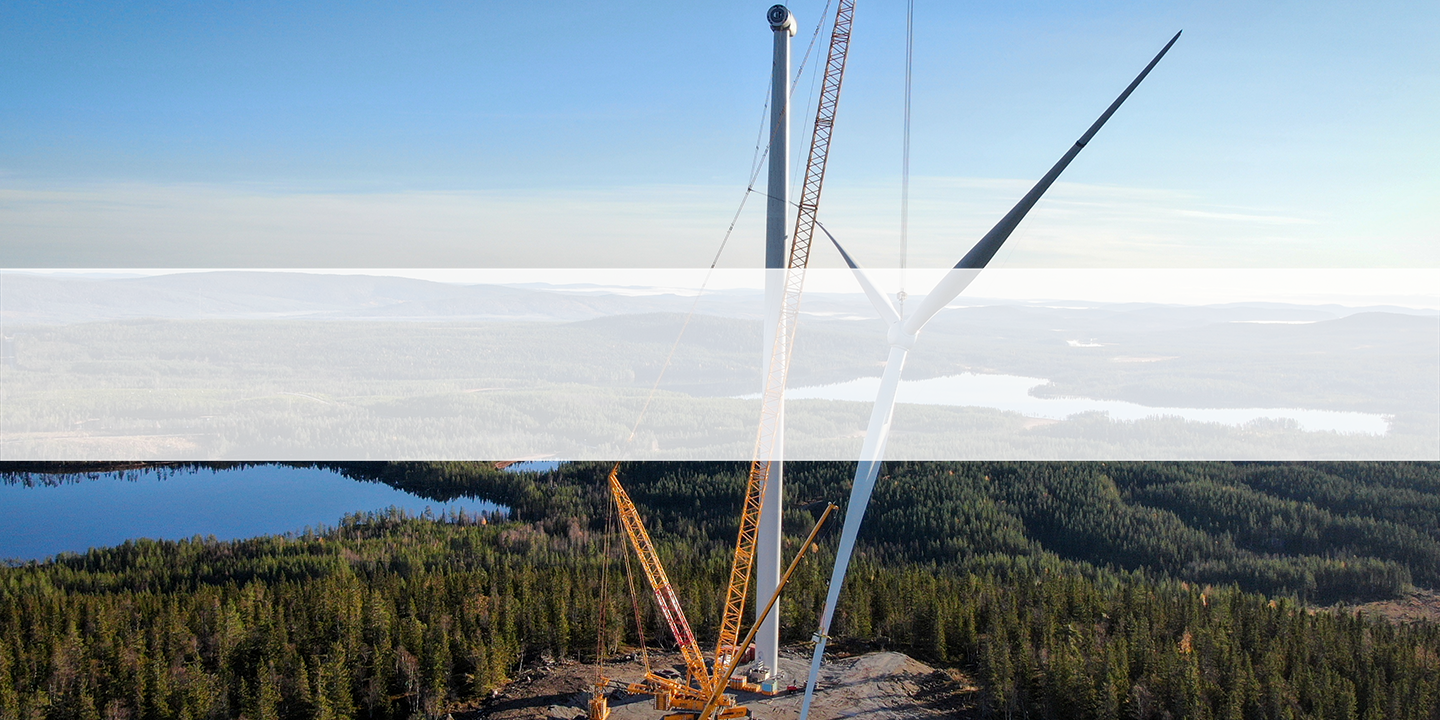
The Siemens Gamesa 5.X platform builds on successful partnerships
Madrid / 11 November 2021
Behind the commercial success of the Siemens Gamesa 5.X platform are partnerships that are constantly evolving and bringing out the best in each other. No other region has experienced the take-up of this platform quite like Northern Europe & Middle East (NEME), with the Nordics again the trailblazers for the latest renewable technology. And behind that drive are many developers that are leading a European energy transition alongside Siemens Gamesa. A strong player, and one of the largest backers of the Siemens Gamesa 5.X, is Prime Capital. Prime has signed three significant contracts totaling just over 1 GW, and is actively involved in both the financing behind these deals right through to the construction and optimization of the wind projects.
Andreas Schmid, Director of Infrastructure for Prime Capital, talks to us here about why the company opted for the Siemens Gamesa 5.X, some of the improvements that can be made, and what more can be done to grow a strong partnership.
What led Prime Capital to choose the Siemens Gamesa 5.X in its recent projects?
AS: The 170m rotor version and the rated capacity provided a competitive edge on the Levelized Cost of Energy (LCoE) of the project. This means we can meet the capacity of the project with fewer turbines, so the turbine was therefore the most economic choice. In turn, fewer turbines mean a more efficient use of land, and less environmental impact. So, it’s not just about power production, but also an optimal use of the land.
I would also say that it helped to have Siemens Gamesa’s established service network in Sweden. And beyond that we have a long-term relationship with Siemens Gamesa, which allows us to sign agreements on largely agreed formats, even if certain aspects develop over time.
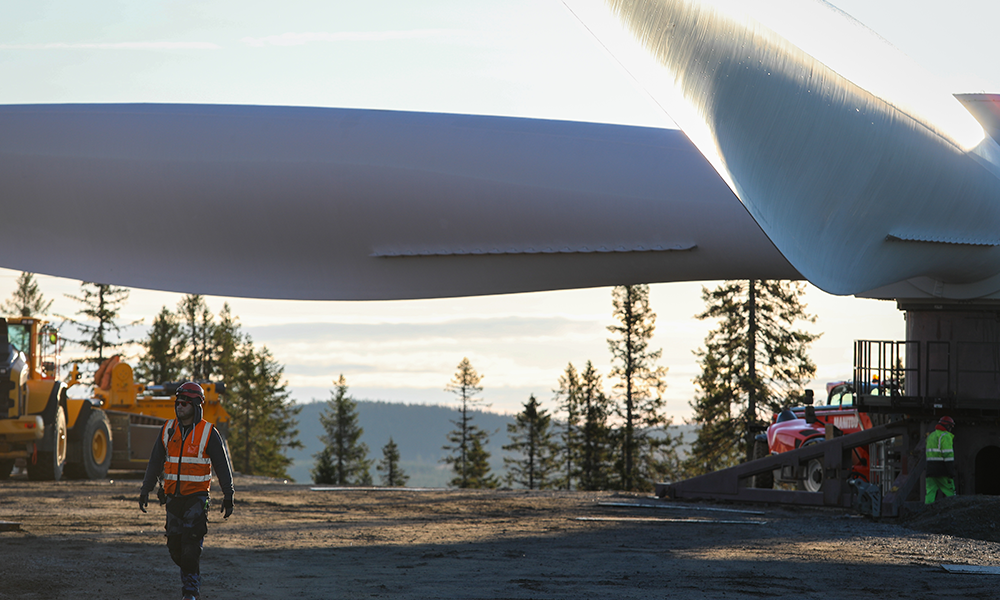
How competitive do you think the platform is compared with others on the market?
AS: The turbine has one of the largest rotors and highest capacities, making it very competitive in terms of providing the highest energy production per location. There is, however, a lot of competition in this turbine range, and the ability to source from Europe gives some OEMs an advantage in times of rising transportation costs. OEMs must also strive to offer the right hub heights for different locations to optimize production, which is especially important in countries such as Finland, and an area where I know Siemens Gamesa is looking to improve with new tower variants.
What do you rely on as a developer in selecting a wind turbine when you can’t actually see a finished version? What are the key metrics you look at when you’re choosing the best one?
AS: A key aspect is to consider if what we’re looking at is a platform evolvement or a totally new platform. Usually, an evolved turbine based on an established platform is preferable to a totally new one. Transferring known technology elements from earlier turbines is helpful in the evaluation, as you know there are already tested elements, such as the yaw system. Here we see the 5.X as a mix of known and new elements. This is important as we must aim for the highest availability of a turbine, so it does not need much down time.
Another relevant aspect is if the manufacturer is willing to commit to the development of the platform over time. Siemens Gamesa has a good history on providing upgrades. We also look at the experience of a manufacturer to complete a type certification process in time and to warrant the product, which is important to meet insurance requirements.
In terms of metrics we’re looking at site suitability, energy production, development potential (higher ratings, upgrades etc.)
How far do you think wind turbines can grow in size if the Siemens Gamesa is already capable of producing a nominal capacity of 6.6MW?
AS: On the one hand, I continue to be amazed by the engineering answers found to this question, on the other hand, Enercon had shown with their 7.5 MW E-126 in 2011 that there is no factual limit yet. But for us, the nameplate capacity is less of a concern, but there are also challenges of transporting the new rotor blade dimensions onshore. Despite this, there may be further potential for OEMs to reach up to a 200m rotor size. Clearly the location is important, too, as there will still be a need for smaller turbines in challenging locations, so some variety is needed. We are seeing more acceptance of larger machines in places like the UK, Denmark or Germany, but in other places it will also be hard due to permits.
What else do you demand from a partner besides a competitive turbine?
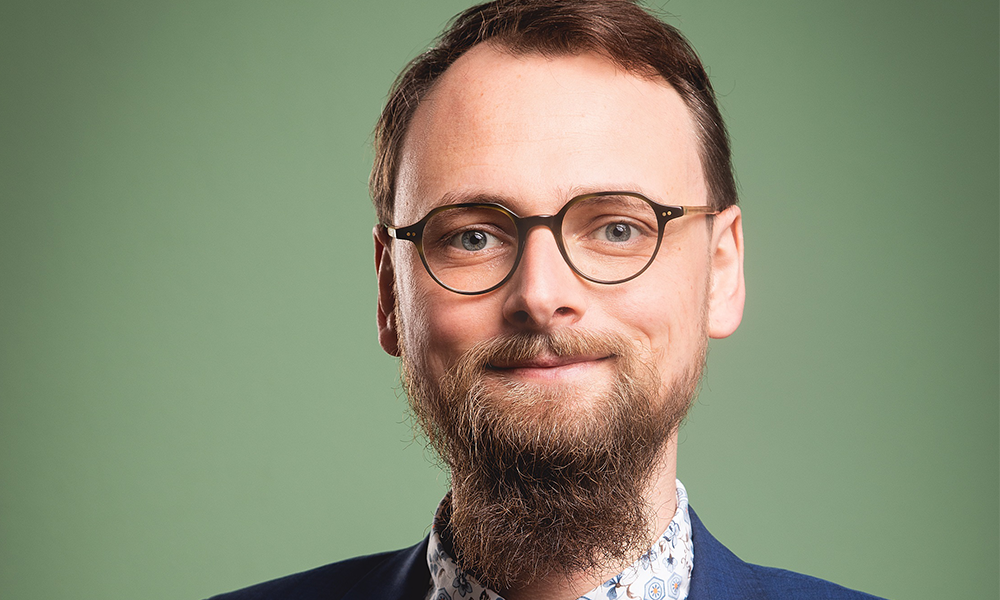
How do you see Prime’s relationship with Siemens Gamesa developing?
AS: We have three large projects with Siemens Gamesa and are looking at plans for further substantial pipeline, so we are growing a better understanding of each other’s organizations. We are developing well within the project execution teams in terms of communication and cooperation and we want to have continuous collaboration with construction and execution. We must maintain a proactive approach and speak openly.
Prime Capital has led the way in the financing of these deals and also driving an increasingly important Power Purchase Agreement (PPA) market. How do you see financing for wind projects developing over time? And will corporations continue to snap them up?
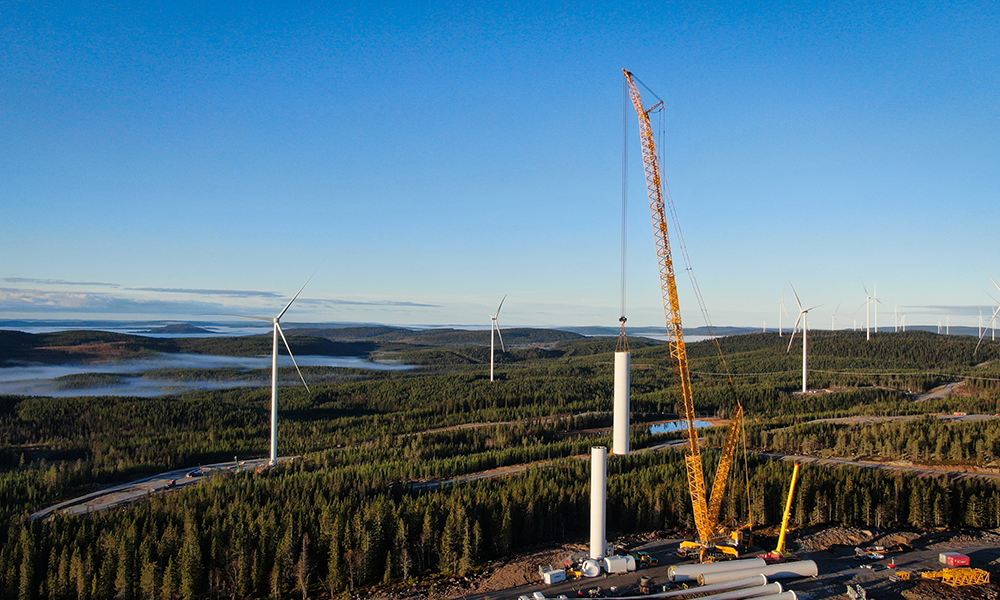
Going forward, we think that financing will diversify from the classical bank project financing based on long term PPAs as the only solution to more commercially risk-taking alternatives like bonds. At present it is clear that PPAs are important in markets with high wind penetration to cover downside risks but they are currently very unattractive in markets with higher power prices.
AS: We are concentrated on building out the immense pipeline that we have signed and are in the process of signing. We will also focus our attention on creating other value strategies, such as hydrogen, as separate projects within the regions where we produce power.
Another area will be providing battery storage and power system services directly connected to our wind farms. We are happy to see that Siemens Gamesa’s Service division is also starting to look into such value increasing approaches.
